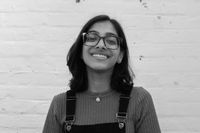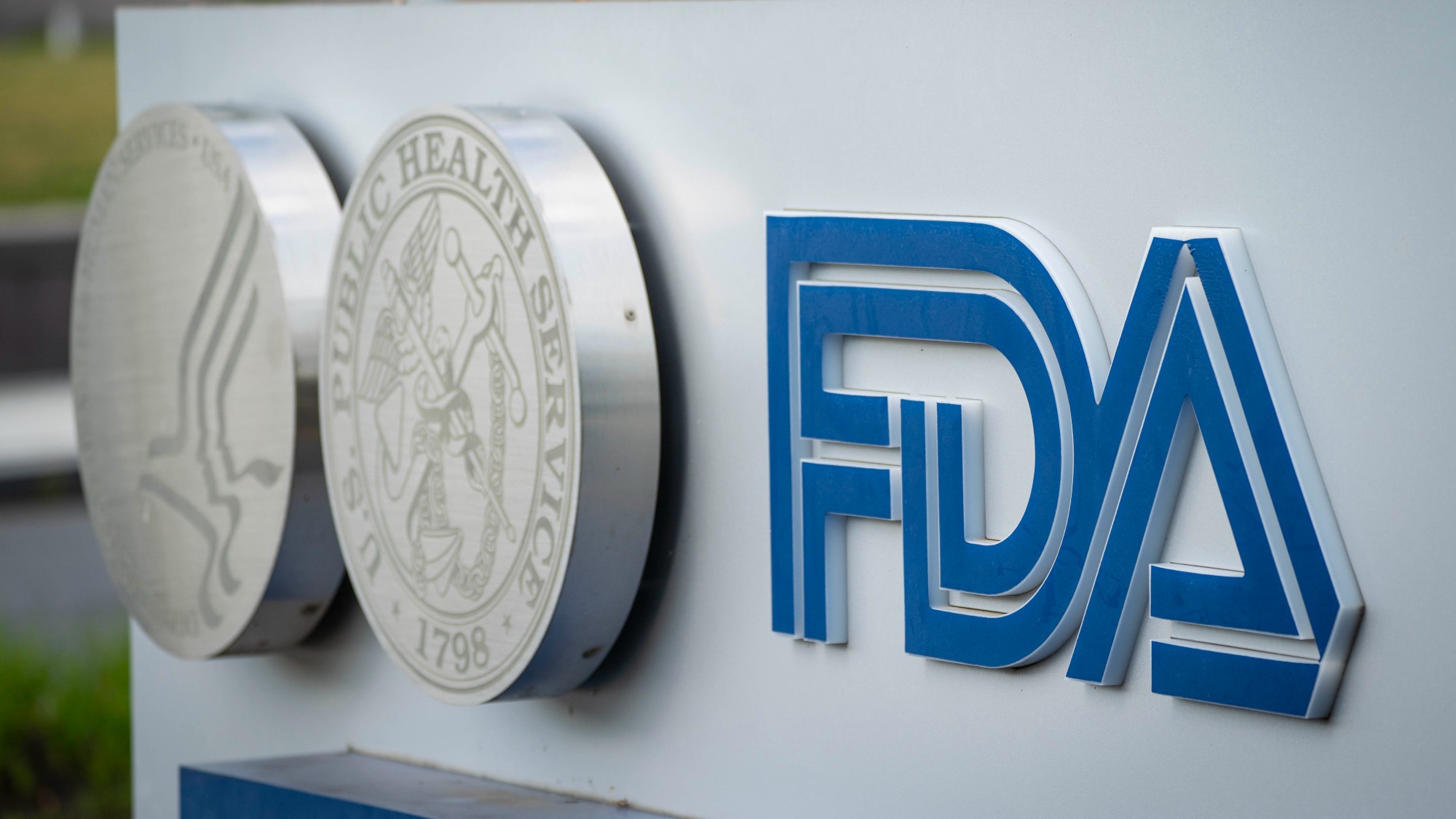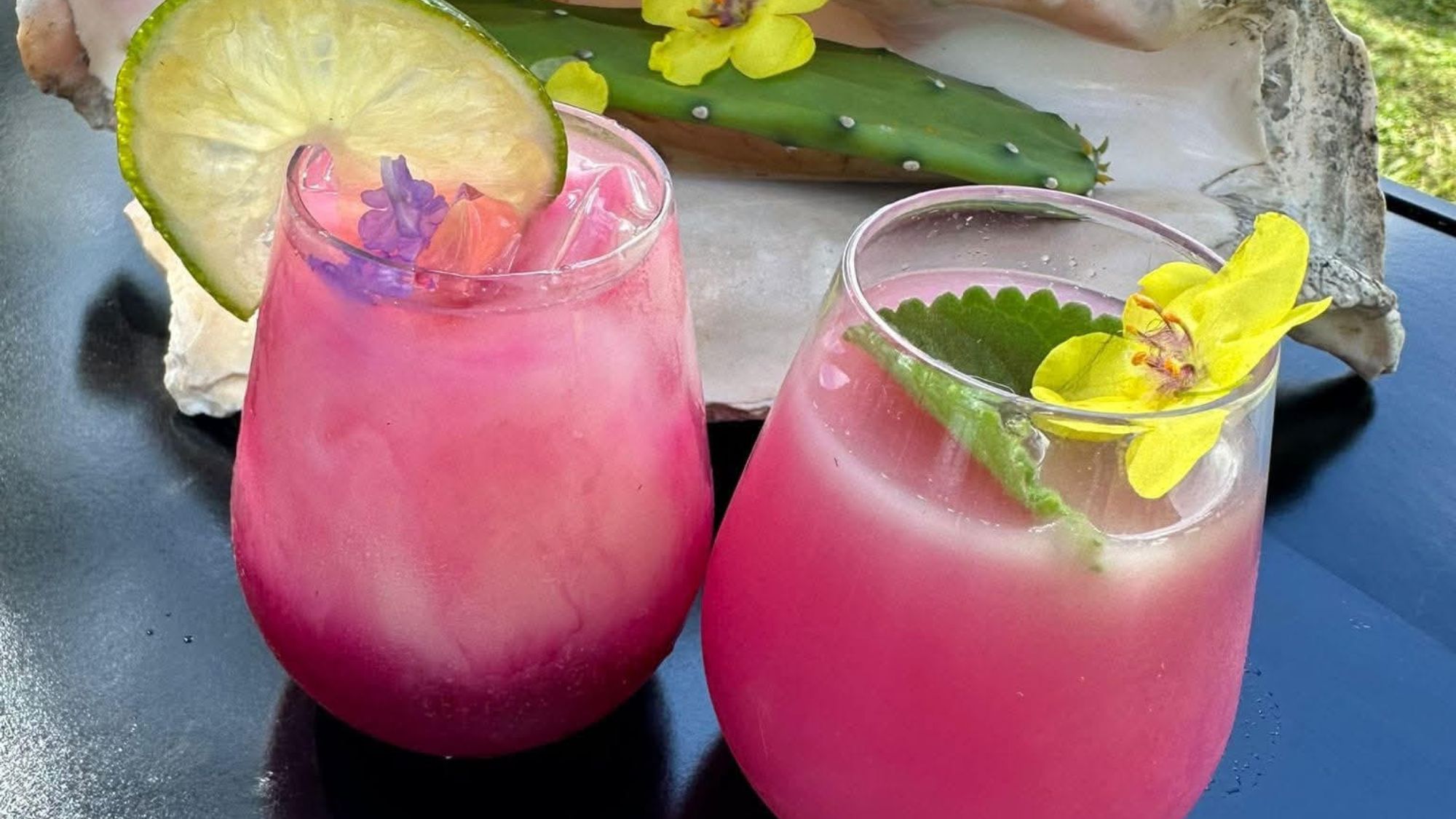Why the FDA is facing pressure to ban red food dye
The additive is a carcinogen but is still heavily present in our food


California became the first state to ban red dye No. 3 and three other food additives. The dye is used in over 3000 food products, like the candy Skittles, as well as products like protein shakes and boxed cake mix. The Environmental Working Group, a nonprofit focusing on environmental health, attributed the ban to “scientific studies that have demonstrated significant public health harms.” The ban goes into effect in 2027, giving “significant time for brands to revise their recipes to avoid these harmful chemicals,” California Gov. Gavin Newsom wrote in a letter to the State Assembly. The U.S. Food and Drug Administration (FDA) is now facing pressure to implement the ban nationwide.
What is red dye No. 3?
Red dye No. 3, also called erythrosine, is a synthetic dye made from petroleum that gives a fire engine red color, according to Salon. It can be found in “many other foods and beverages, such as bright-colored sodas, juices, yogurts, snacks and frozen desserts,” NPR reported. The use of the dye in food was first approved in 1907, just a year after the creation of the FDA. The additive has since been under scrutiny for the last 30 years because of the health issues associated with its use.
Why was red dye No. 3 banned?
The use of the dye has been hotly contested for years with the FDA banning its use in cosmetics in 1990 because it was “shown to induce cancer,” and deemed "unsafe for use in externally applied drugs and externally applied cosmetics and cannot be listed," Ars Technica reported. Numerous studies proved the dye to be carcinogenic to animals, which led to questions as to why we were in a “regulatory quandary where you’re not allowed to apply it to your skin, but you can ingest it in food,” Brian Ronholm, director of food policy for Consumer Reports, told The New York Times.
The Week
Escape your echo chamber. Get the facts behind the news, plus analysis from multiple perspectives.

Sign up for The Week's Free Newsletters
From our morning news briefing to a weekly Good News Newsletter, get the best of The Week delivered directly to your inbox.
From our morning news briefing to a weekly Good News Newsletter, get the best of The Week delivered directly to your inbox.
Along with its carcinogenic properties, studies also linked ingesting the dye to increased behavior problems in children, disproportionately impacting minority populations. “Black Americans tended to have higher intake," Asa Bradman, a public health scientist at the University of California, Merced, told NPR. "I think there is good reason to remove [red No. 3] from the food supply." Because of this, California took the step to officially ban the dye in food products beginning in 2027, giving companies time to reformulate their products to exclude the additives. “I think the evidence is compelling from those human studies that children's consumption of synthetic food dyes can contribute to increases in symptoms like inattention, hyperactivity in some children," Mark Miller, a scientist with California's EPA's Office of Environmental Health Hazard Assessment, told the outlet.
Why hasn't the FDA banned the additive?
The main purpose of the state’s bill “was to protect kids and families and consumers in the state of California,” Assemblyman Jesse Gabriel told the Times. “But a secondary purpose here was to send a message to Washington that the F.D.A. process is broken, and hopefully to spur momentum in Washington D.C. for real, significant change.” Susan Little of the Environmental Working Group told the outlet. “Many people were astounded to learn that the FDA is not actively regulating the chemicals we put in our food.”
Despite the health implications, the FDA is hesitant to institute a ban. "It is important that scientific information and data are considered when making changes that could impact the food supply," the agency wrote in a statement to Ars Technica. "Such actions could potentially disrupt the food supply, leading to less product availability and/or higher prices." However, the FDA did acknowledge that new data “indicates the use of an ingredient is unsafe.” The agency has an extensive list of banned food additives and banned 7 flavoring substances in 2018 after determining they have carcinogenic properties.
A free daily email with the biggest news stories of the day – and the best features from TheWeek.com
Devika Rao has worked as a staff writer at The Week since 2022, covering science, the environment, climate and business. She previously worked as a policy associate for a nonprofit organization advocating for environmental action from a business perspective.
-
 Trump fears impeachment if GOP loses midterms
Trump fears impeachment if GOP loses midtermsSpeed Read ‘You got to win the midterms,’ the president said
-
 Political cartoons for January 7
Political cartoons for January 7Cartoons Wednesday's political cartoons include plundering pirates, nomenclature legislature, and more
-
 Trump’s Greenland threats overshadow Ukraine talks
Trump’s Greenland threats overshadow Ukraine talksSpeed Read The Danish prime minister said Trump’s threats should be taken seriously
-
 Doreen Williams-James’ prickly pear juice recipe
Doreen Williams-James’ prickly pear juice recipeThe Week Recommends Jewel-toned, natural juice is a thirst-quenching treat
-
 The best food books of 2025
The best food books of 2025The Week Recommends From mouthwatering recipes to insightful essays, these colourful books will both inspire and entertain
-
 8 restaurants that are exactly what you need this winter
8 restaurants that are exactly what you need this winterThe Week Recommends Old standards and exciting newcomers alike
-
 Appetites now: 2025 in food trends
Appetites now: 2025 in food trendsFeature From dining alone to matcha mania to milk’s comeback
-
 May your loved ones eat, drink and be merry with these 9 edible Christmas gifts
May your loved ones eat, drink and be merry with these 9 edible Christmas giftsThe Week Recommends Let them eat babka (and cheese and licorice)
-
 Step into a fairy tale at San Ysidro Ranch
Step into a fairy tale at San Ysidro RanchThe Week Recommends This historic Californian hideaway is pure magic
-
 Pull over for these one-of-a-kind gas stations
Pull over for these one-of-a-kind gas stationsThe Week Recommends Fill ’er up next to highland cows and a giant soda bottle
-
 Classic mince pies for the festive season
Classic mince pies for the festive seasonThe Week Recommends The countdown to Christmas, and all its edible treats, has begun
